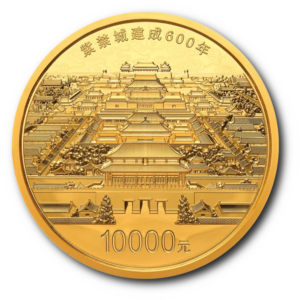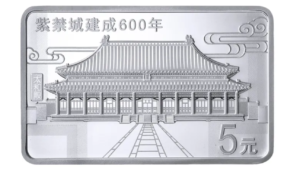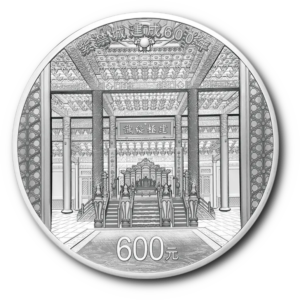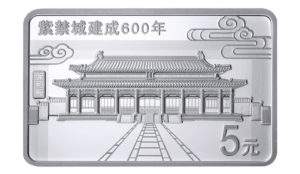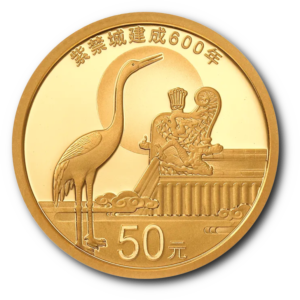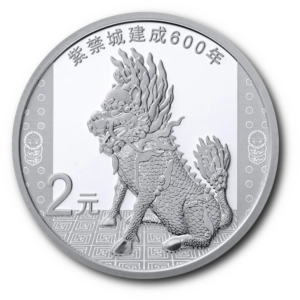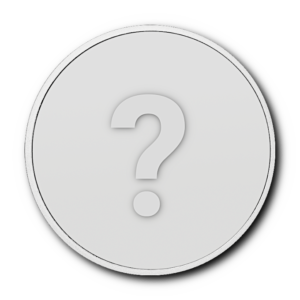The 600th Anniversary of the Forbidden City
Gold and Silver Commemorative Coins
- Design
- Background
On 3rd August 2020, The People’s Bank of China issued a set of gold and silver commemorative coins commemorating the 600th Anniversary of the Forbidden City. The set consists of 7 coins including two gold coins and five silver coins. With limited availability for the international market, don’t miss out on this unique opportunity to secure this historical release today!
This set of gold and silver coins is minted by Shanghai Mint Co., Ltd., Shenzhen Guobao Mint, and Shenyang Mint Co., Ltd.
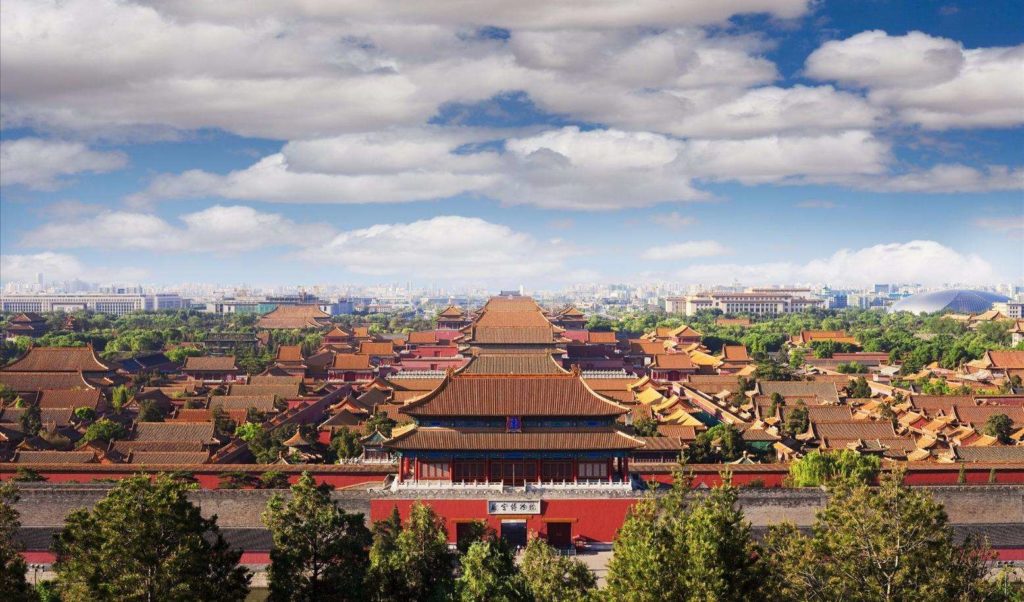
The Forbidden City is a palace complex in central Beijing, China. It houses the Palace Museum, and was the former Chinese imperial palace and state residence of the Emperor of China from the Ming dynasty to the end of the Qing dynasty, between 1420 and 1924.
Constructed from 1406 to 1420, the complex consists of 980 buildings and covers 72 hectares (over 180 acres). The palace exemplifies traditional Chinese palatial architecture and has influenced cultural and architectural developments in East Asia and elsewhere. The Forbidden City was declared a World Heritage Site in 1987 and is listed by UNESCO as the largest collection of preserved ancient wooden structures in the world.
On 3rd August 2020, The People’s Bank of China issued a set of gold and silver commemorative coins commemorating the 600th Anniversary of the Forbidden City. The set consists of 7 coins including two gold coins and five silver coins. With limited availability for the international market, don’t miss out on this unique opportunity to secure this historical release today!
2020 1 kg China The 600th Anniversary of the Forbidden City .999 Gold Proof Coin
Limited Mintage: 100
Iconic Buildings and Sceneries
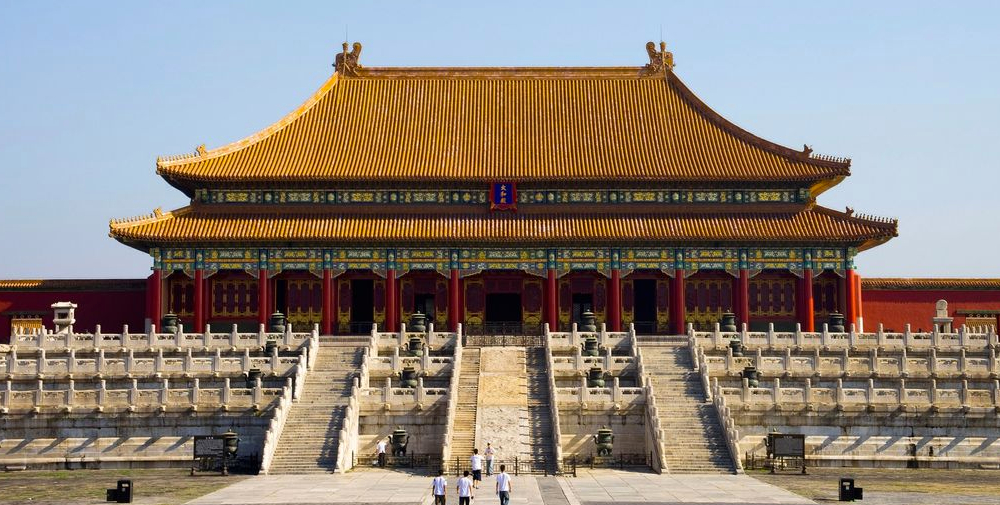
The Hall of Supreme Harmony (Taihe dian) is the most dignified building in the Forbidden City, and is commonly referred to as the Hall of Golden Chimes (Jinluan dian). Built in the early fifteenth century (the Yongle reign), it was burned to the ground within months of its dedication. The Jiajing Emperor (r. 1522-1566) renamed it the Hall of Imperial Supremacy (Huangji dian), and upon making Beijing their capital, the Qing rulers quickly changed to the present name. Its name reflects the significant sociopolitical ideal of universal harmony under heaven. The current building was reconstructed during the Kangxi era (1662-1722).
2020 China The 600th Anniversary of the Forbidden City .999 Silver Proof 3 Coin Set
Limited Mintage: 300,000
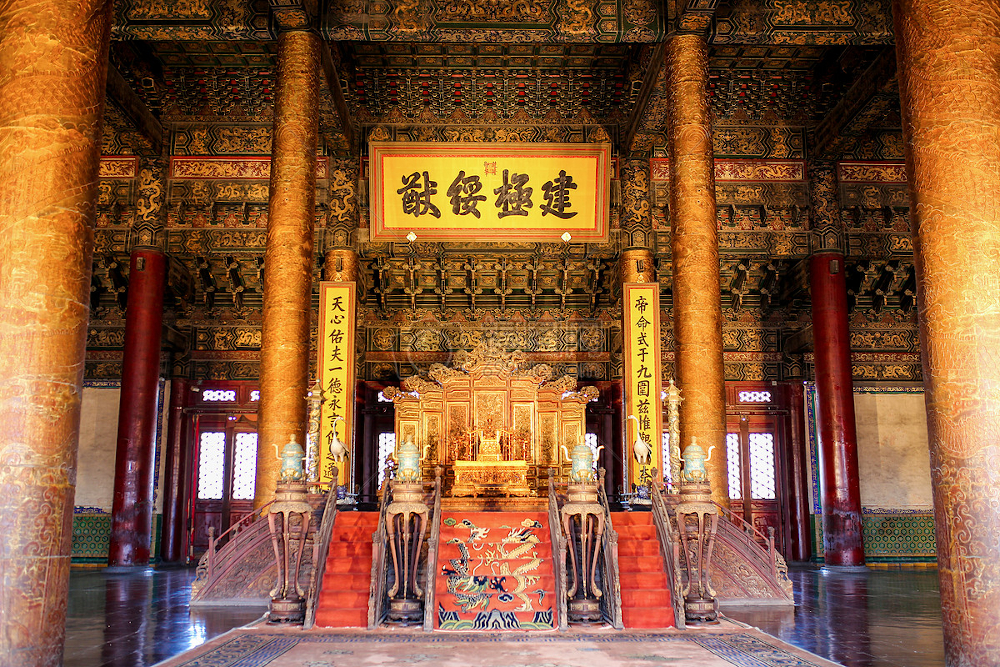
The Hall of Supreme Harmony sits in the center of the Forbidden City, on the Imperial Way (yu lu) – the remarkable section of the invisible central axis of the city. As the Imperial Way ascends the white marble three-tiered terrace it is carved with dragon patterns that extend all the way through the throne hall. During grand rituals or ceremonies, the emperor ascended the throne to imperial music, inspecting the empire as far as he could, receiving greetings and congratulations from his subjects.
The Hall of Supreme Harmony is the largest hall in the Forbidden City, and architecturally the highest-ranking building of the surviving traditional architecture in China. Golden dragon designs dominate the hall’s exterior and interior décor. The ten figurines at each of its roof corners distinguish it as superior to other ancient buildings.
2020 2 kg China The 600th Anniversary of the Forbidden City .999 Silver Proof Coin
Limited Mintage: 3,000
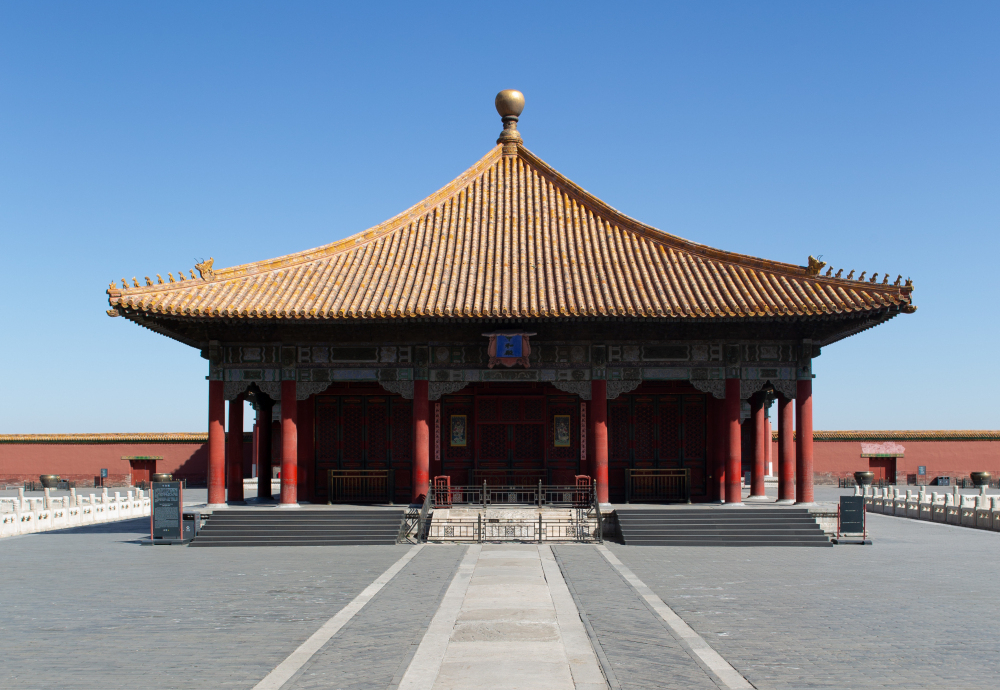
Located between the Hall of Supreme Harmony (Taihe dian) and the Hall of Preserving Harmony (Baohe dian), the Hall of Central Harmony (Zhonghe dian) resembles the corridor that connected the front and rear halls of a grand palace building in ancient times. Built in early fifteenth century as part of the original design of the Forbidden City, it was named the Hall of Splendid Canopy (Huagai dian). After several conflagrations and reconstructions, it was renamed Hall of Central Supremacy by the Jiajing Emperor (r. 1522-1566). The current name was designated by the Shunzhi Emperor (r. 1644-1661) of the Qing dynasty (1644-1911), conveying the philosophy of using the Golden Mean to achieve universal peace and harmony.
The Hall of Central Harmony followed the architectural form of the ancient “bright hall” (ming tang). It is a square building with windows on four sides. Before presiding over grand ceremonies in the Hall of Supreme Harmony, the emperor received obeisance from his officials here. Before offering sacrifices to the ancestors, to heaven and to earth, he examined sacrificial writings and farm implements in this hall.
2020 China The 600th Anniversary of the Forbidden City .999 Silver Proof 3 Coin Set
Limited Mintage: 300,000
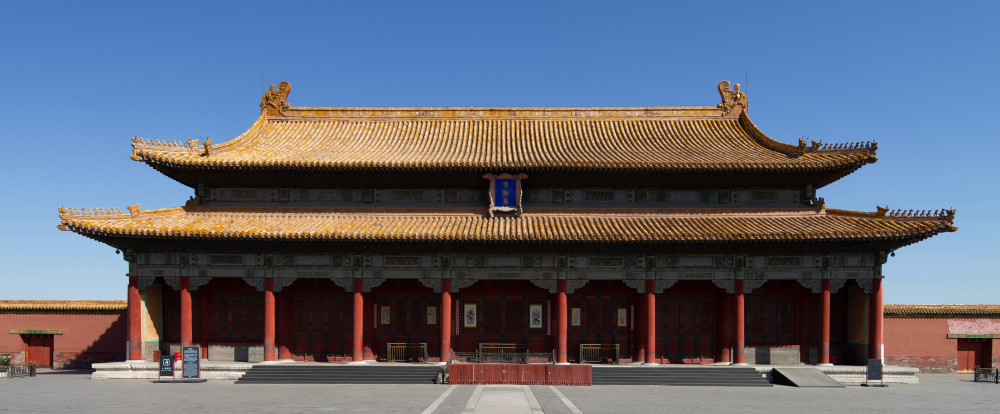
The third of the Three Ritual Halls, the Hall of Preserving Harmony (Baohe dian) was completed in the early fifteenth century. It was first called Hall of Scrupulous Behavior (Jinshen dian), was changed to Establishing Supremacy (Jianji dian), and was finally named Hall of Preserving Harmony – with the implication of preserving the unity of one’s inner spirit, and sharing harmony under heaven.
In Ming dynasty (1368-1644) times, before attending a grand ritual or ceremony, the emperor left from his residence in the Palace of Heavenly Purity (Qianqing gong) in the Inner Court and was brought to the Hall of Preserving Harmony to change into ceremonial robes.
In Qing times, the hall served as the wedding venue for the Shunzhi Emperor (r. 1644-1661), and as a temporary residence for him and his successor, the Kangxi Emperor (r. 1662-1722), when the three main halls in the Inner Court were under restoration. Every New Year’s Eve and on the fifteenth day of the first lunar month (that is, the full moon), emperors held banquets in the Hall of Preserving Harmony to entertain heads of states, imperial kinsmen, and ministers higher than the second rank. From 1789, every three years the Palace Examination was held here.
2020 China The 600th Anniversary of the Forbidden City .999 Silver Proof 3 Coin Set
Limited Mintage: 300,000
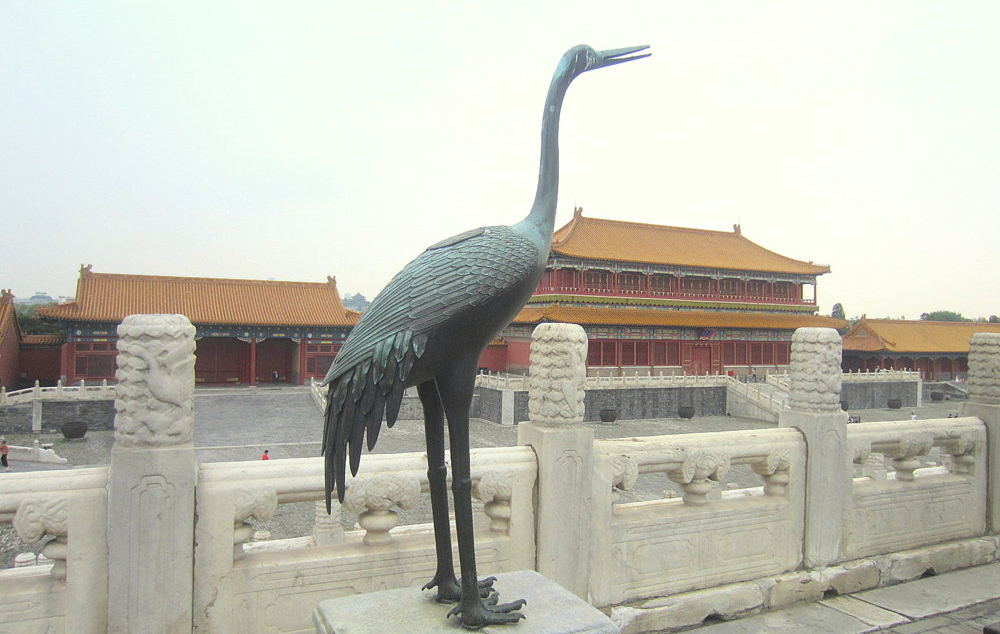
There are a pair of bronze turtles and a pair of bronze cranes in front of the Hall of Supreme Harmony. They represent the longevity and eternal reign of the emperor. Each statue was ingeniously made with a hollow belly and an opening on the body. During ceremonies held at the Hall, incense was burned in the belly of the statues. White smoke would come out from the mouths of the bronze statues. It filled the front of the hall, floating around the surrounding palaces, and created an atmosphere of reverence.
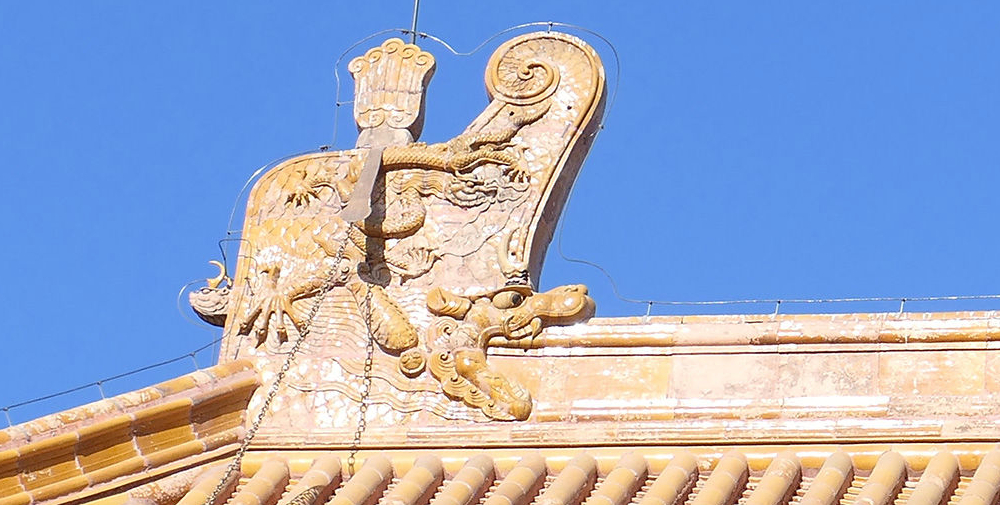
Chiwen is a Chinese dragon, and in Chinese mythology is one of the 9 sons of the dragon. He is depicted in imperial roof decorations and other ornamental motifs in traditional Chinese architecture and art.
2020 China The 600th Anniversary of the Forbidden City .999 Gold and Silver Proof Coin Set
Limited Mintage: Gold (60,000)
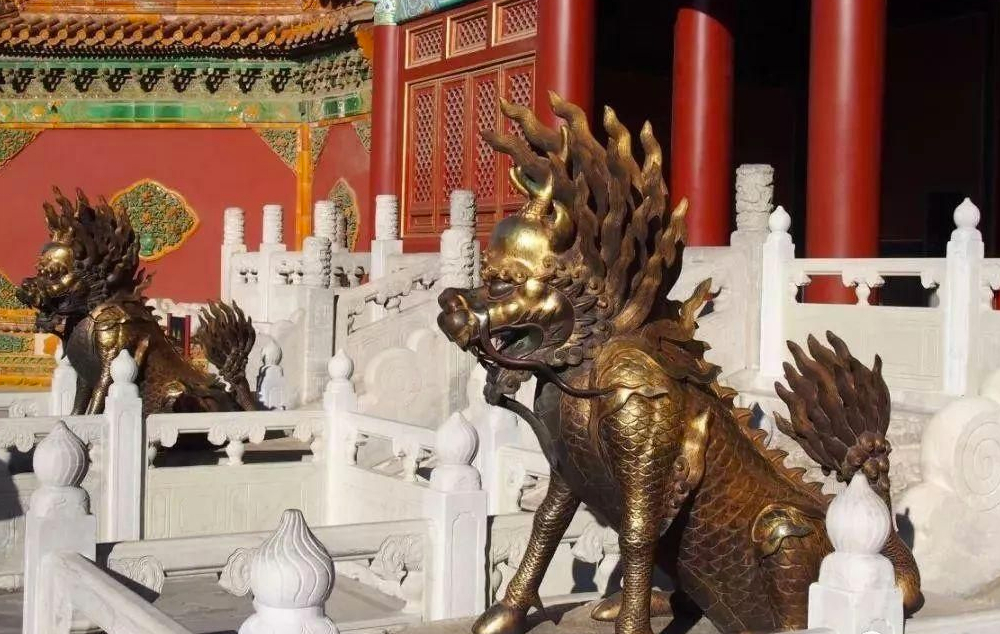
Qilin sculpture in front of the Hall of Imperial Peace Qinan Gong in the Forbidden City.
2020 5 gram China The 600th Anniversary of the Forbidden City .999 Silver Proof Coin
Limited Mintage: 2,000,000
Be the first to receive future updates from LPM.
LPM would like to keep you up to date with information about products, services, offers and news that may interest you.
